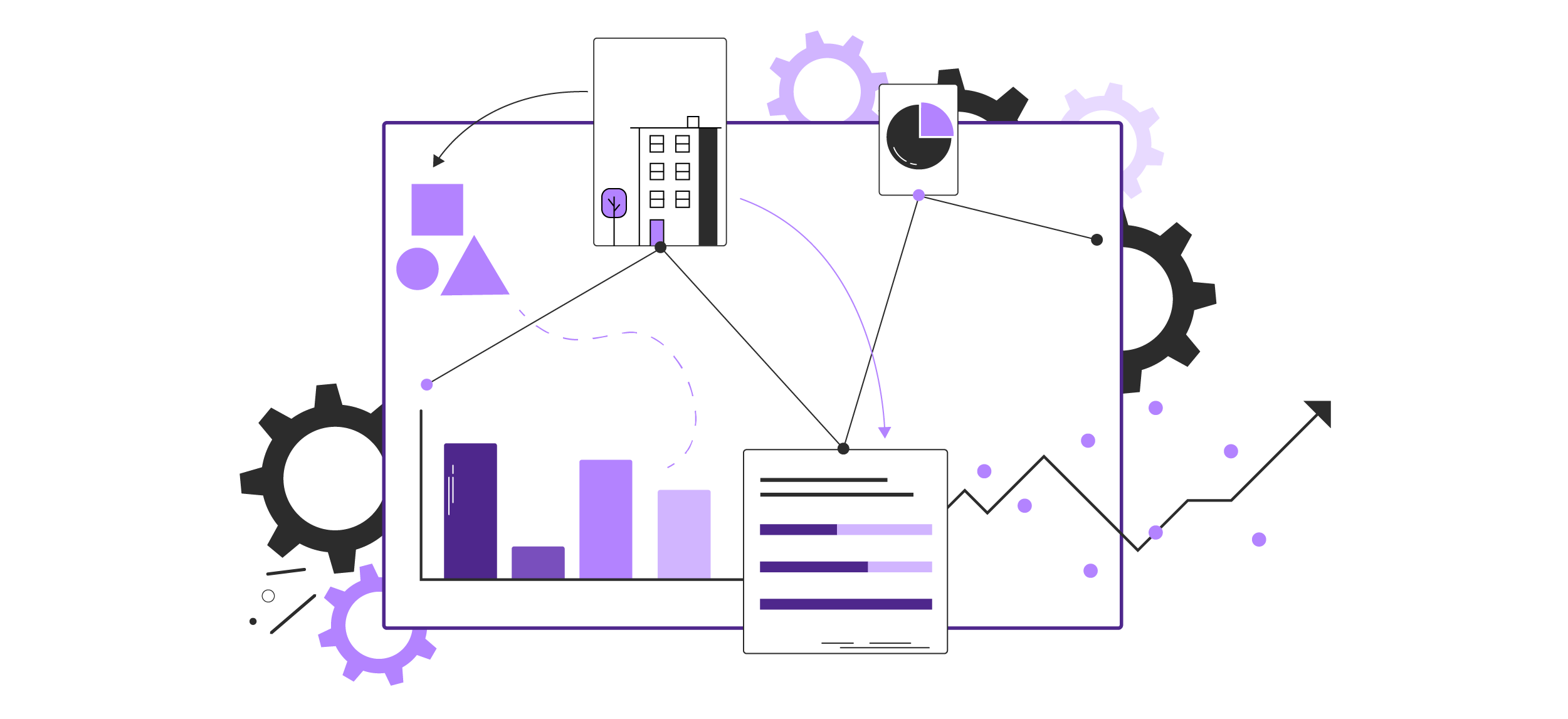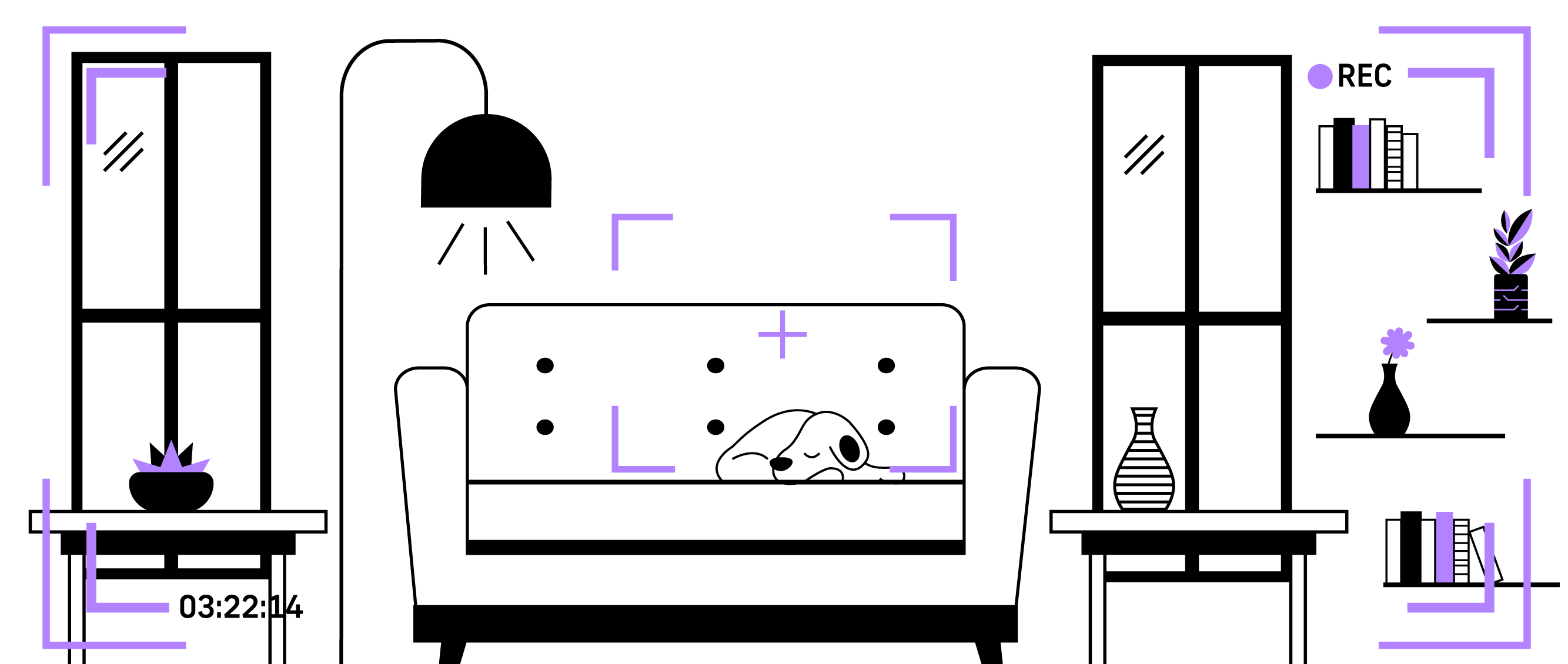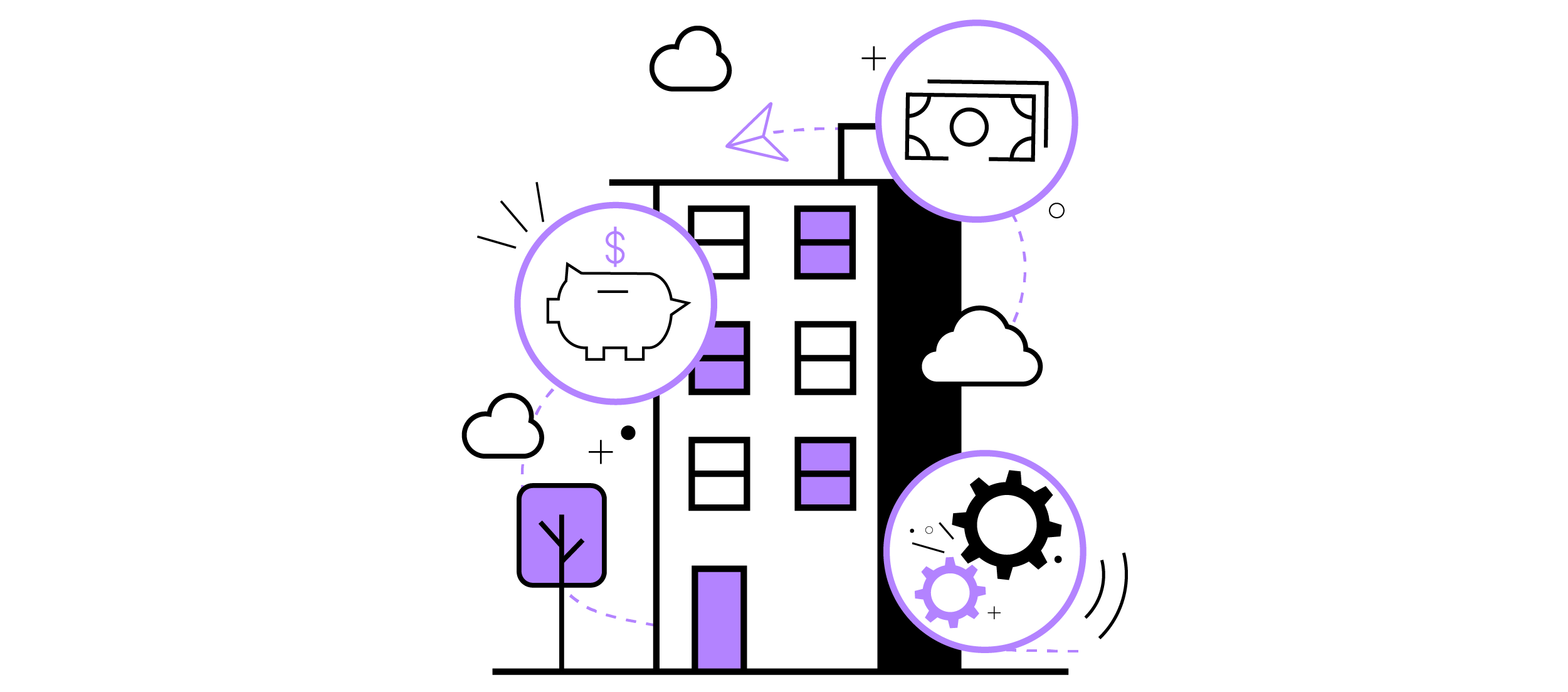Automate Reporting with Property Management Software
Efficient property management requires staying on top of numerous tasks, and one critical aspect is generating reports. Traditionally, property managers spent significant time and effort compiling data manually for various reports. However, with the advancements in property management software, automation has innovated the types of reports being generated. This has a direct impact on how property management operators are using these reports to stay a step ahead of their competition, and driving up their resident reputation scores. In this blog, we'll explore the different categories of property management reports, how property management software is empowering operators to automate these reports, and delve into the latest trends shaping the landscape of reporting automation.
Property Management Reporting
Property management reports play a crucial role in providing stakeholders and operators with insights into the performance and health of their communities. These reports vary in scope and purpose, catering to different aspects of property management. Here are the most common types of property management reports:
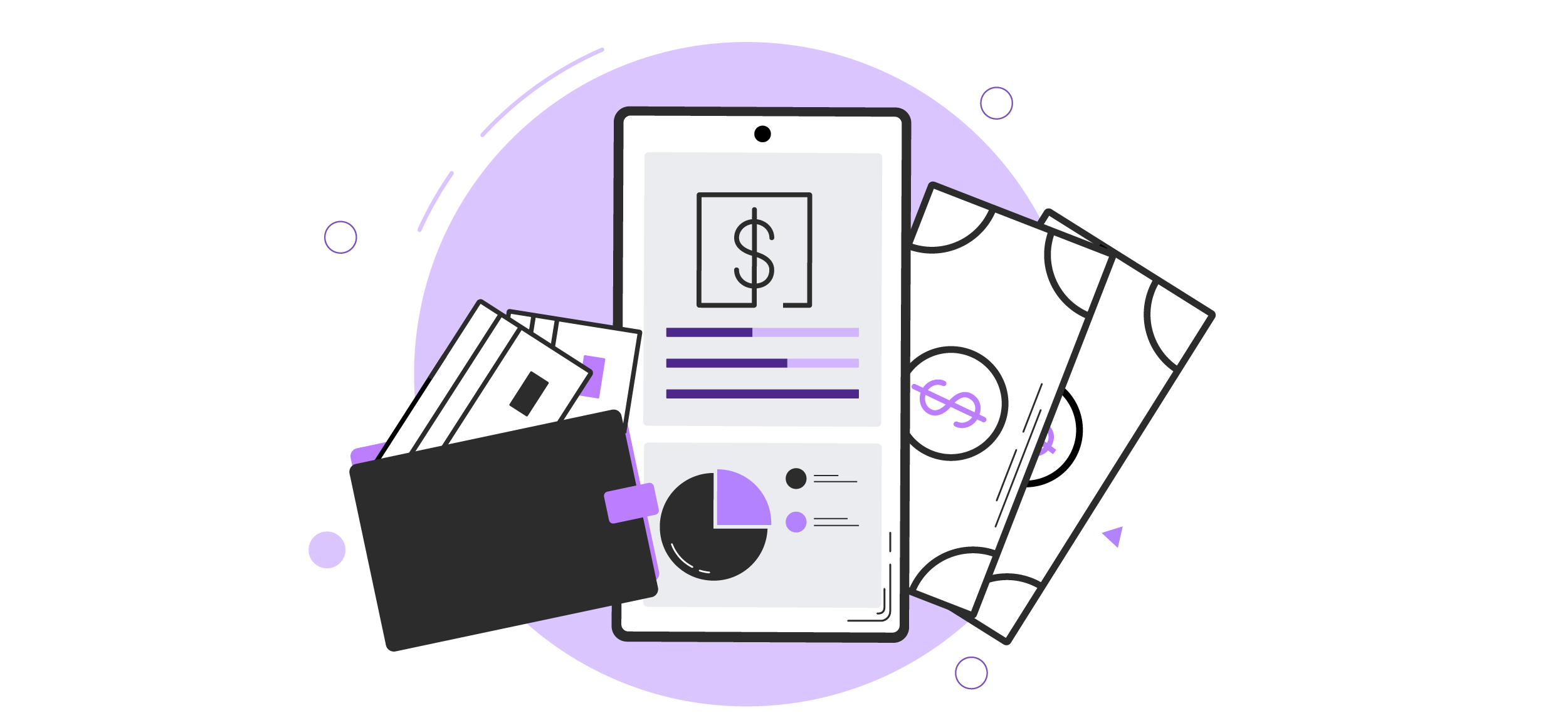
Financial Reports
Financial reports are essential for tracking the financial health of a property. These reports typically include income statements, balance sheets, and cash flow statements. They provide property owners and managers with a comprehensive overview of revenue, expenses, and profitability. Financial reports are instrumental in making strategic decisions, such as adjusting rent prices, budgeting for maintenance, or identifying areas for cost savings.
Occupancy Reports
Occupancy reports focus on the utilization of rental spaces within a property. These reports detail the current occupancy rates, lease expirations, and resident turnover. Property managers use occupancy reports to optimize rental income, identify leasing trends, and plan for upcoming vacancies. Understanding occupancy metrics helps property managers make informed decisions on marketing, leasing strategies, and tenant retention efforts.
Maintenance and Repair Reports
Maintenance and repair reports provide insights into the condition of the property and the status of ongoing maintenance tasks. These reports include information about scheduled maintenance, work orders, and repairs. Property managers use this data to track maintenance costs, prioritize tasks, and ensure that the property is well-maintained. This proactive approach can prevent potential issues from escalating and maintain the overall value of the property.
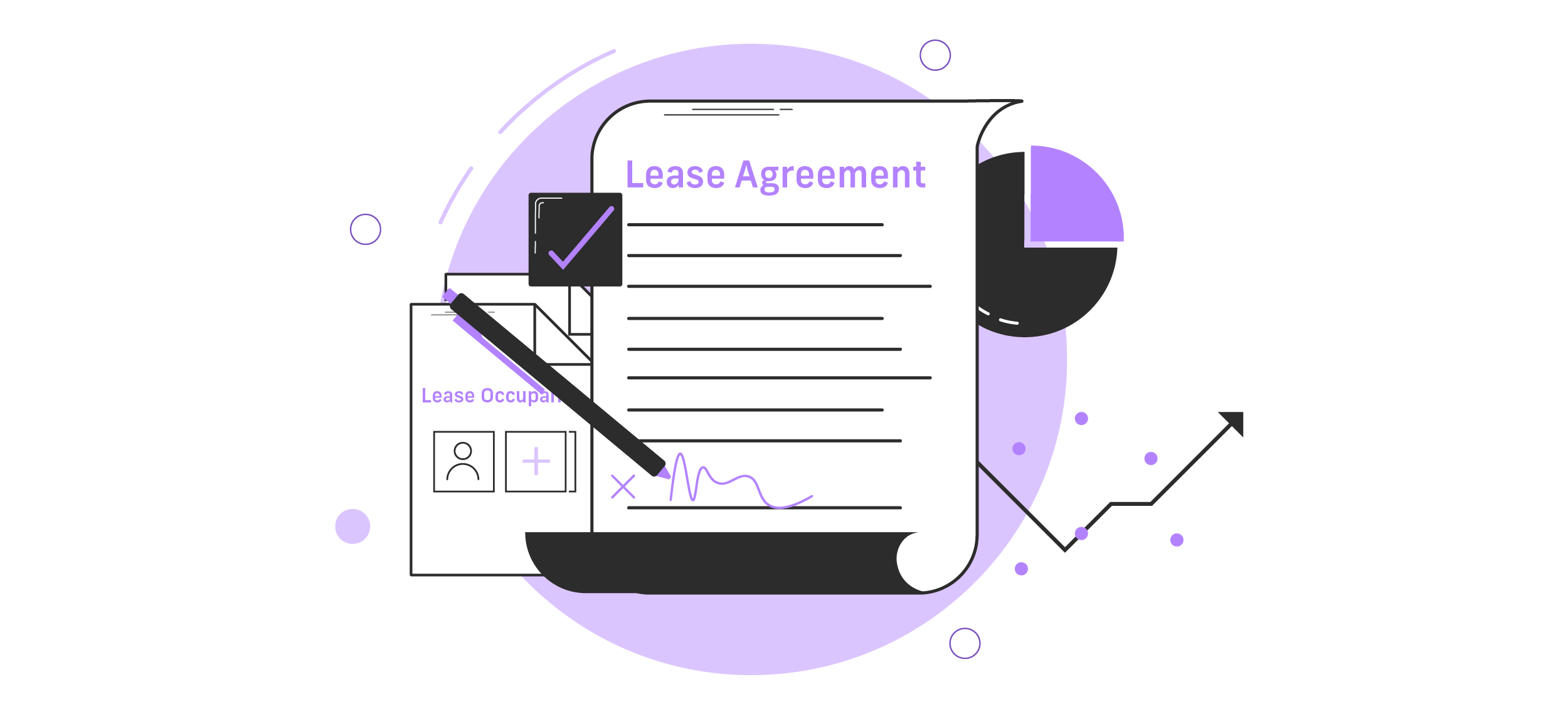
Lease and Rental Agreement Reports
Maintenance and repair reports provide insights into the condition of the property and the status of ongoing maintenance tasks. These reports include information about scheduled maintenance, work orders, and repairs. Property managers use this data to track maintenance costs, prioritize tasks, and ensure that the property is well-maintained. This proactive approach can prevent potential issues from escalating and maintain the overall value of the property.
Market and Competitive Analysis Reports
Market and competitive analysis reports focus on the broader real estate market and the competitive landscape in the property's location. Property managers use these reports to assess market trends, property values, and the competitive positioning of their property. This information is valuable for setting rental prices, devising marketing strategies, and understanding the overall market dynamics that may impact the property.
A well-rounded set of property management reports provides a comprehensive view of the various facets of property performance. These reports empower property managers and owners to make informed decisions, optimize operational efficiency, and ultimately enhance the overall value of their investments. That said, it’s not easy keeping up with all the ins and outs of your properties’ details, and there are many challenges property staff members experience when trying to make sense of it all.
Leveraging your Property Management Software for Automation
As technology & software companies continue to innovate in the property management space, analytics and reporting are center stage, with automation directing the show. Let’s explore what that means for day to day operators, and look at what kind of automation is unlocking capabilities that were once tedious and unscalable.
Centralized Data Integration
Property management systems (PMS) are increasingly incorporating centralized data integration. This means that information from various sources, such as rent payments, maintenance requests, and occupancy rates, is automatically gathered and updated in real-time. Automated data integration eliminates the need for manual data entry, reducing errors and saving time.
This includes incorporating seamless integration with third-party services. Examples may include financial platforms, maintenance management tools, and other specialized services. Integrating these external services into the centralized data ecosystem further enhances the efficiency and functionality of property management processes, which directly impacts reporting.
Centralized data integration represents a pivotal advancement in property management technology. By automating data gathering and updating processes, this approach empowers property managers with real-time, accurate information, and streamlines operations without the burden and administrative work of maintaining data across multiple systems.
Customizable Report Templates
Modern PMS platforms offer customizable report templates that cater to the specific needs of property managers. Whether it's financial reports, maintenance summaries, or occupancy analytics, users can create templates that fit their unique requirements. This flexibility ensures that automated reports are not only accurate but also tailored to provide actionable insights.
The beauty of customizable report templates lies in their adaptability. Property managers can mold these templates to align with the unique characteristics of their properties, whether residential, commercial, or mixed-use. This customization extends to various aspects, including property size, type, and specific reporting metrics that matter most to stakeholders.
While customization is a powerful feature, modern PMS platforms understand the importance of user-friendliness. The interface for creating and modifying templates is designed to be intuitive, ensuring that property managers, regardless of their technical expertise, can effortlessly customize reports to suit their needs.
Scheduled Reporting
Set-and-forget reporting is a trend gaining traction. Property managers can schedule automated reports to be generated and sent out at predetermined intervals. This not only ensures that stakeholders receive timely information but also frees up the manager's time, allowing them to focus on more strategic aspects of property management. By automating the report generation process, property managers can establish a predictable schedule for the delivery of financial summaries, occupancy rates, and other key metrics. This consistency fosters transparency while significantly enhancing operational efficiency, resident experience, and overall property performance.
Data Visualization Tools
The use of data visualization tools is becoming increasingly prevalent in property management software. Instead of sifting through complex spreadsheets, managers can leverage charts, graphs, and dashboards to quickly grasp key performance indicators. Automated reporting with visual elements enhances comprehension and aids in making informed decisions. The visual representation of key performance indicators (KPIs) vividly illustrate trends in areas such as occupancy rates, rent collection, and maintenance performance. This visual clarity facilitates a quicker and more profound understanding of property dynamics.
Beyond providing a snapshot of current performance, data visualization tools excel in trend analysis and forecasting. Managers can identify patterns and correlations over time, enabling them to make proactive decisions based on predictive insights. This forward-looking approach is particularly valuable in anticipating future challenges and opportunities, enhancing the overall resilience and adaptability of property management strategies.
Utilizations of AI for Market Predictive Analytics and Insights
The latest innovation in the reporting automation development is the use of Artificial intelligence & machine learning algorithms. PMS systems are leveraging AI to analyze vast datasets swiftly, providing property managers with deep insights and predictive analytics. Machine learning algorithms within these systems can identify patterns, trends, and anomalies, enabling more accurate forecasting and strategic decision-making. Natural Language Processing (NLP) features are enhancing the user experience by enabling managers to interact with the system using conversational language. Allowing them to interact and ask the AI modal to help schedule a report, or generate a report making data more accessible & reducing administrative time. Through these innovative applications of AI, the system isn’t just providing the benefits of automating routine tasks, but it is also unlocking new dimensions of efficiency, precision, and agility in the analysis and interpretation of property data. Pairing AI with a centralized data integration, allows for predictive analytics on occupancy reports, financial reports, forecasting future revenue and expenses based on historical data to be much more accurate than before. Property managers can use these forecasts to make strategic decisions, such as adjusting rent prices, optimizing marketing strategies, or planning for future expenses.In the fast paced world of property management having the potential to make quick data-driven decisions is critical. Hence why so many are looking for a property management software that is continuously finding ways to leverage automation to manage and innovate reporting for its users. While reporting seems straightforward, gathering the actionable insights that are going to take your property to the next level certainly is not. Finding the right solution that allows for the focus to be on the insights of the reports and not the output of your reports can at times be a catch-22. When evaluating a property management solution, you should be evaluating how this solution is positioning your property management stakeholders to make strategic decisions that enhance overall property performance, renter satisfaction, and competitiveness in the market, while reducing their administrative overhead.
